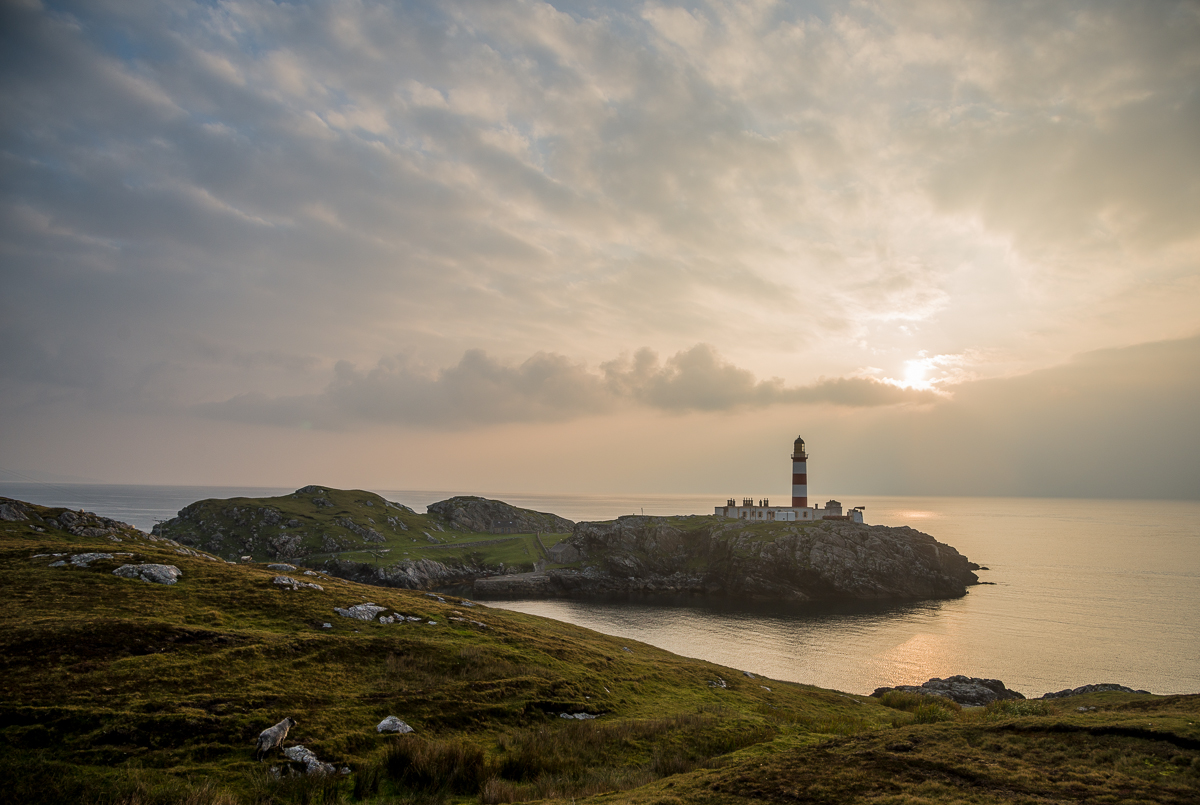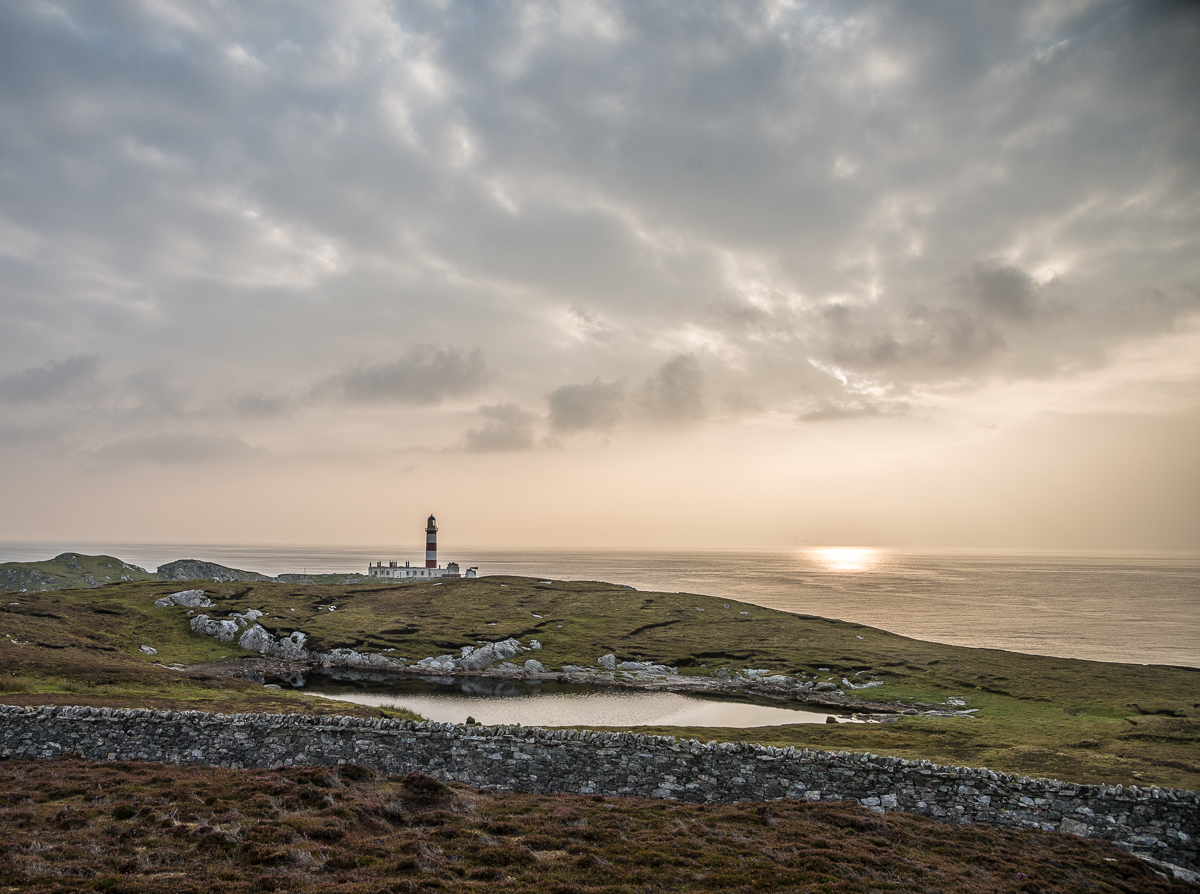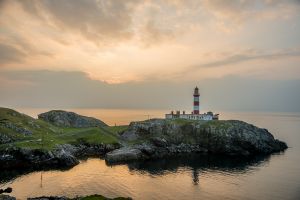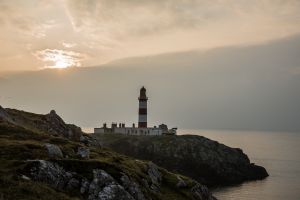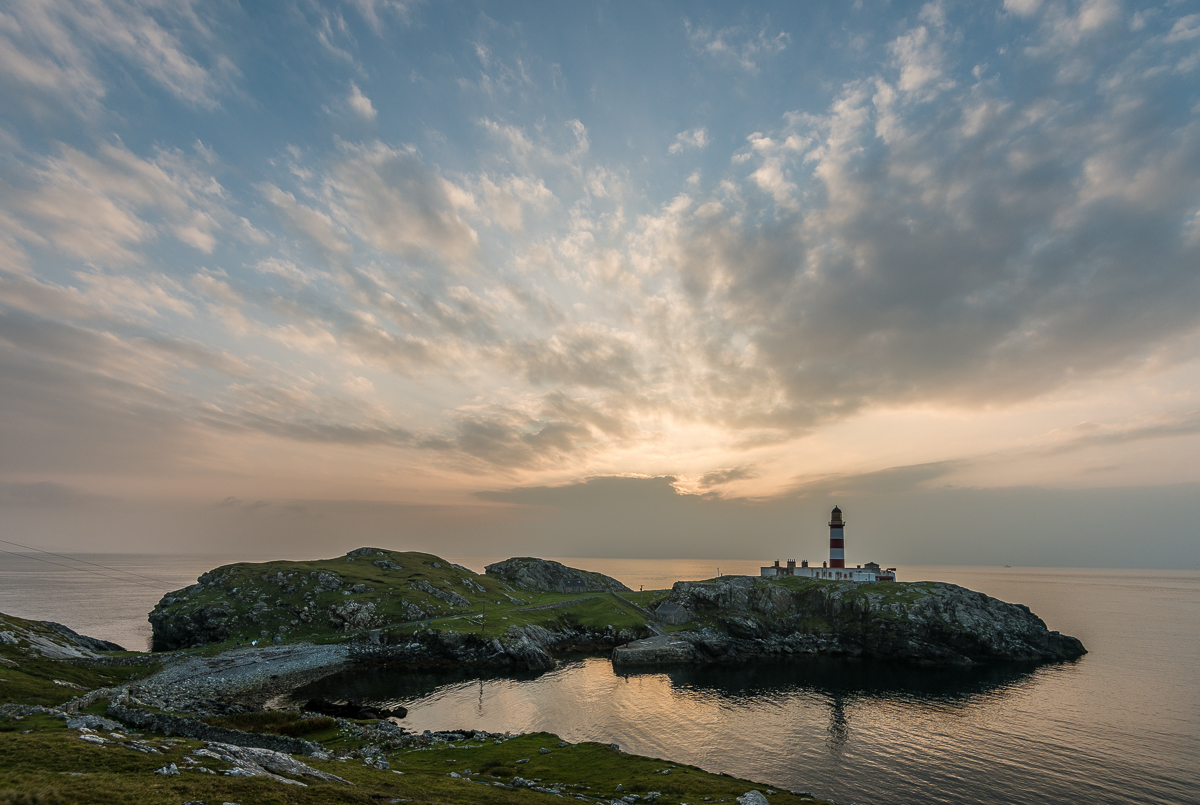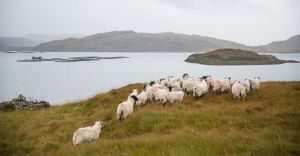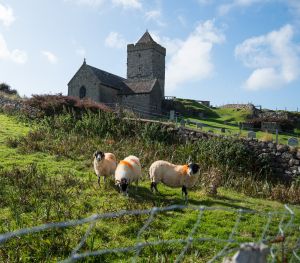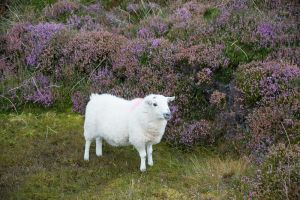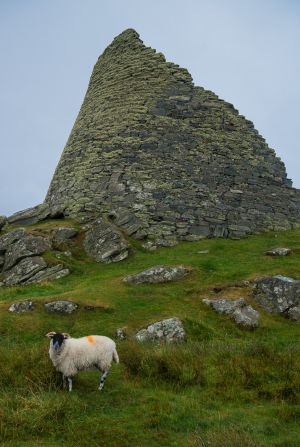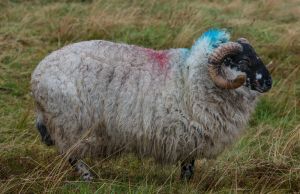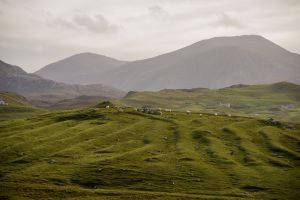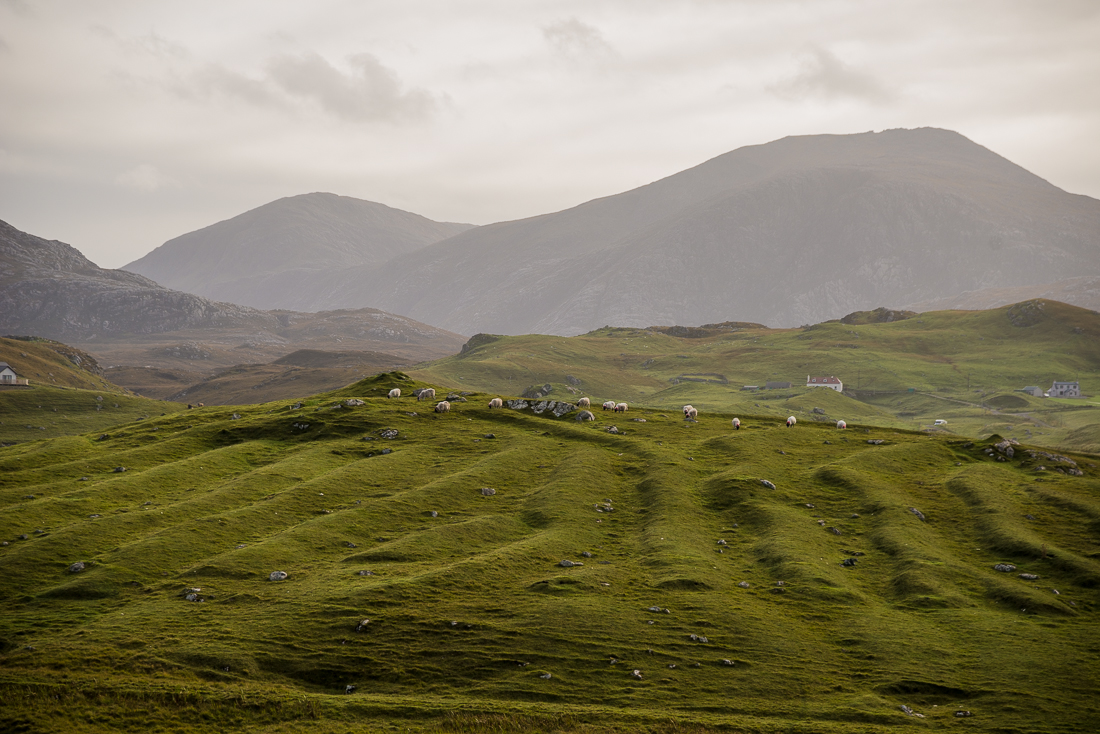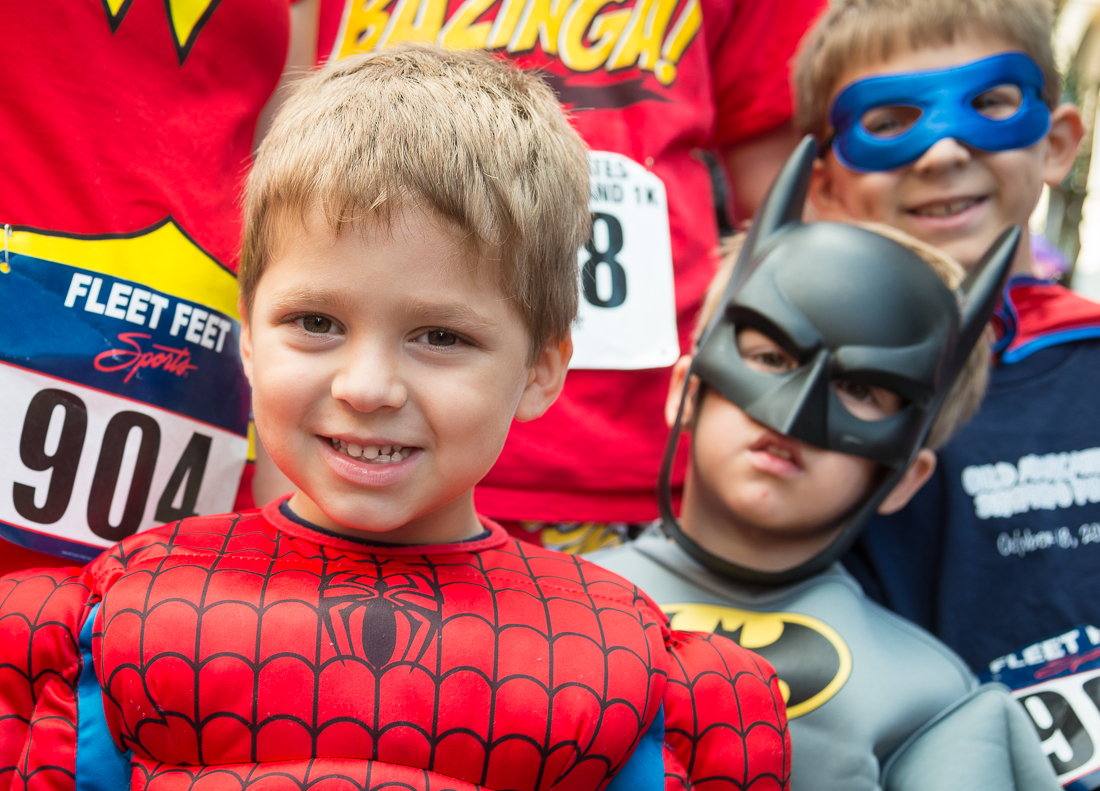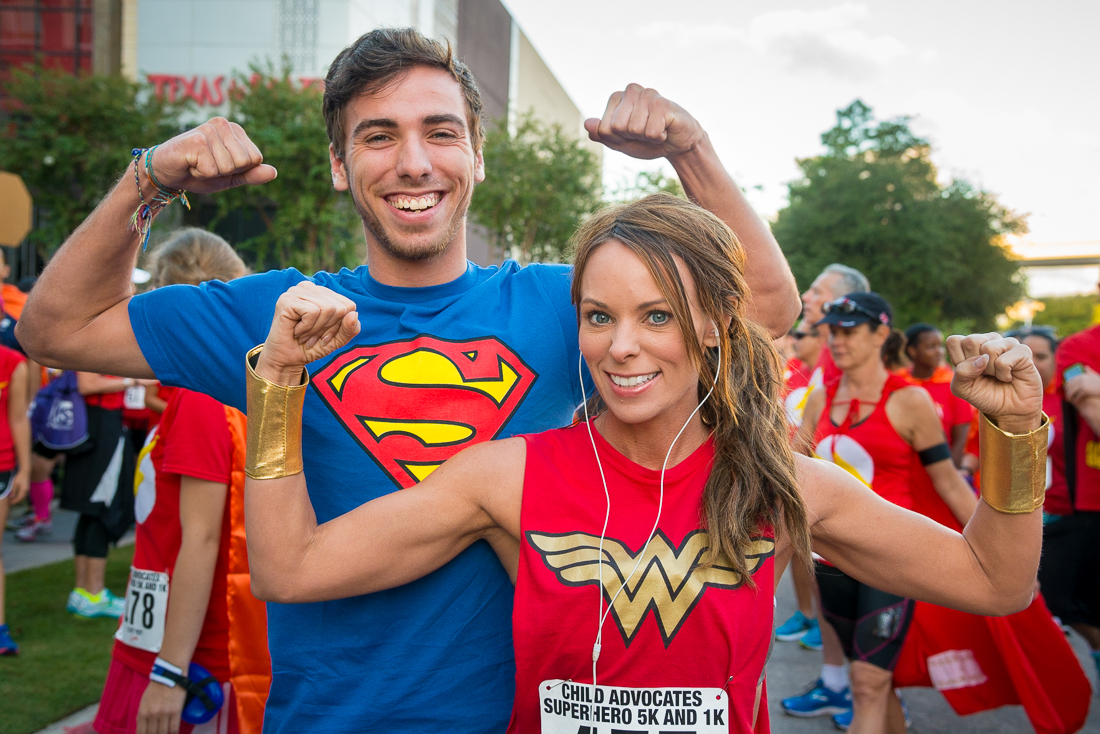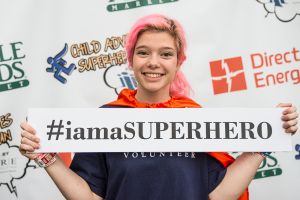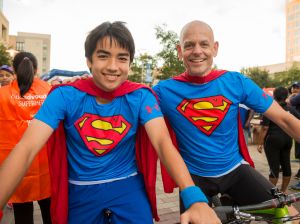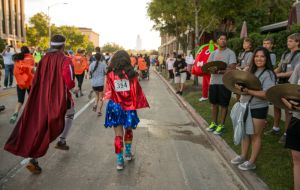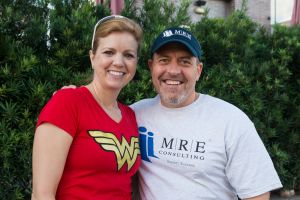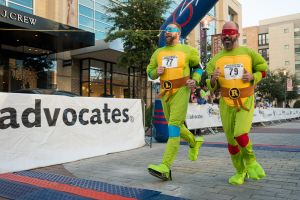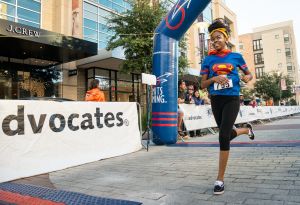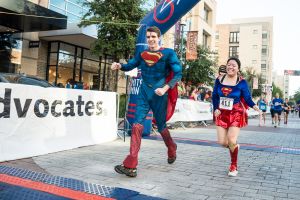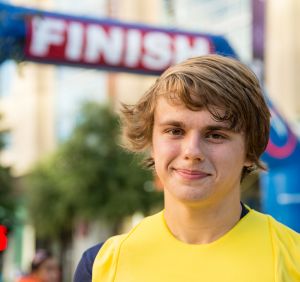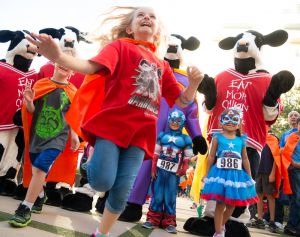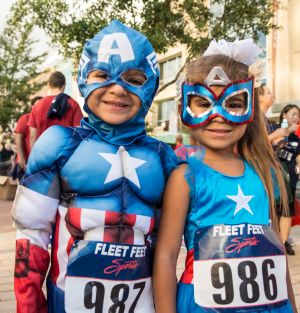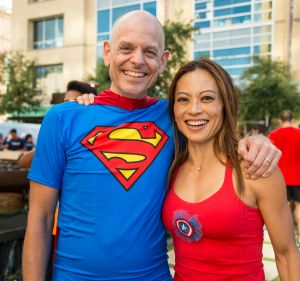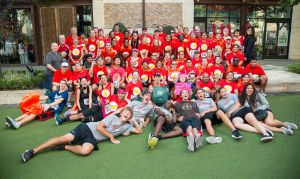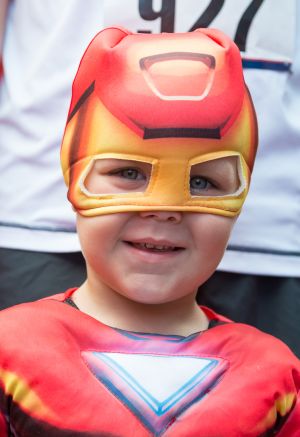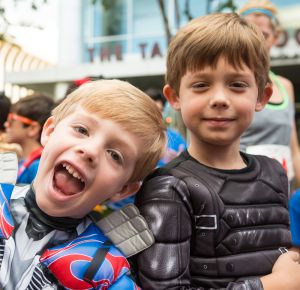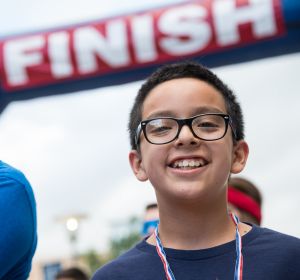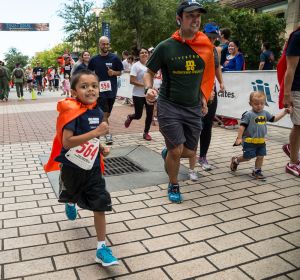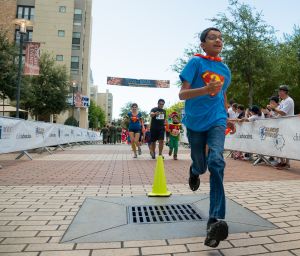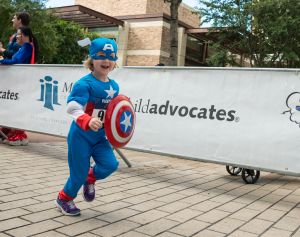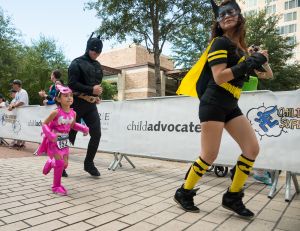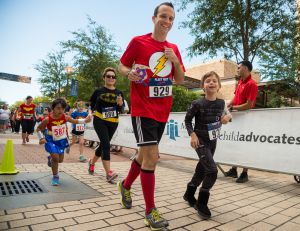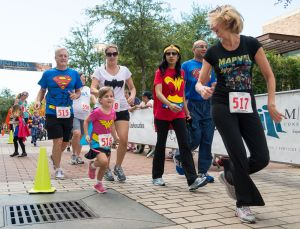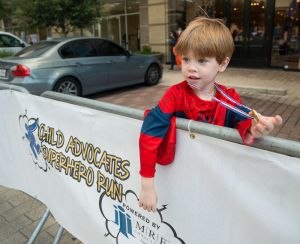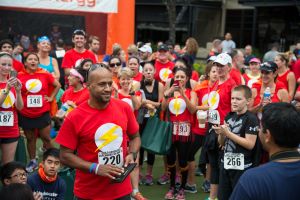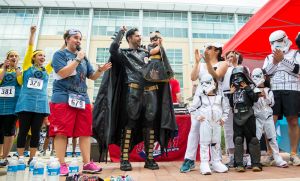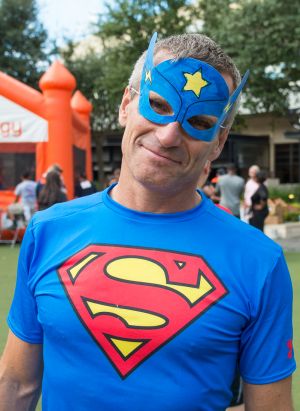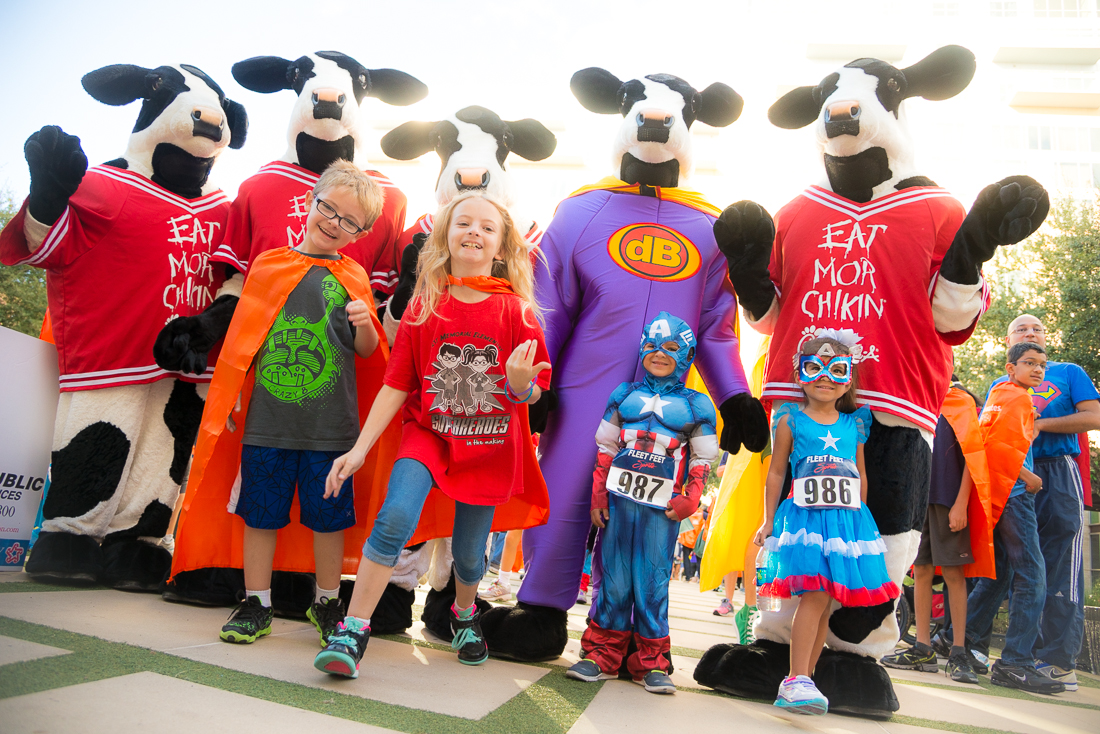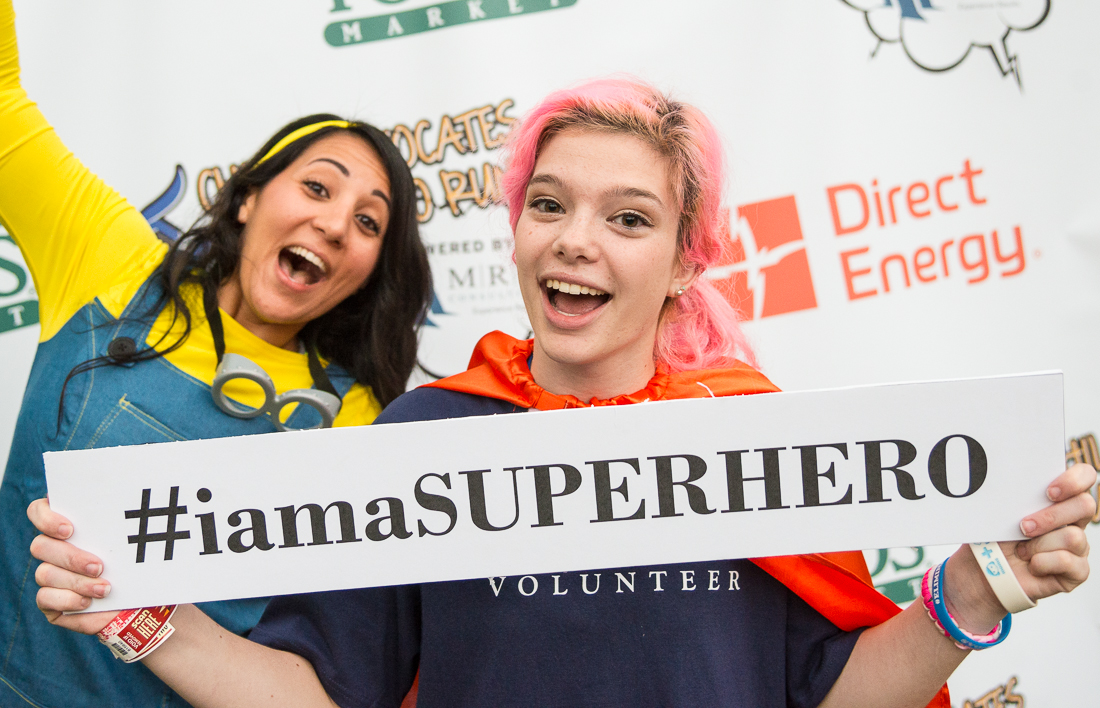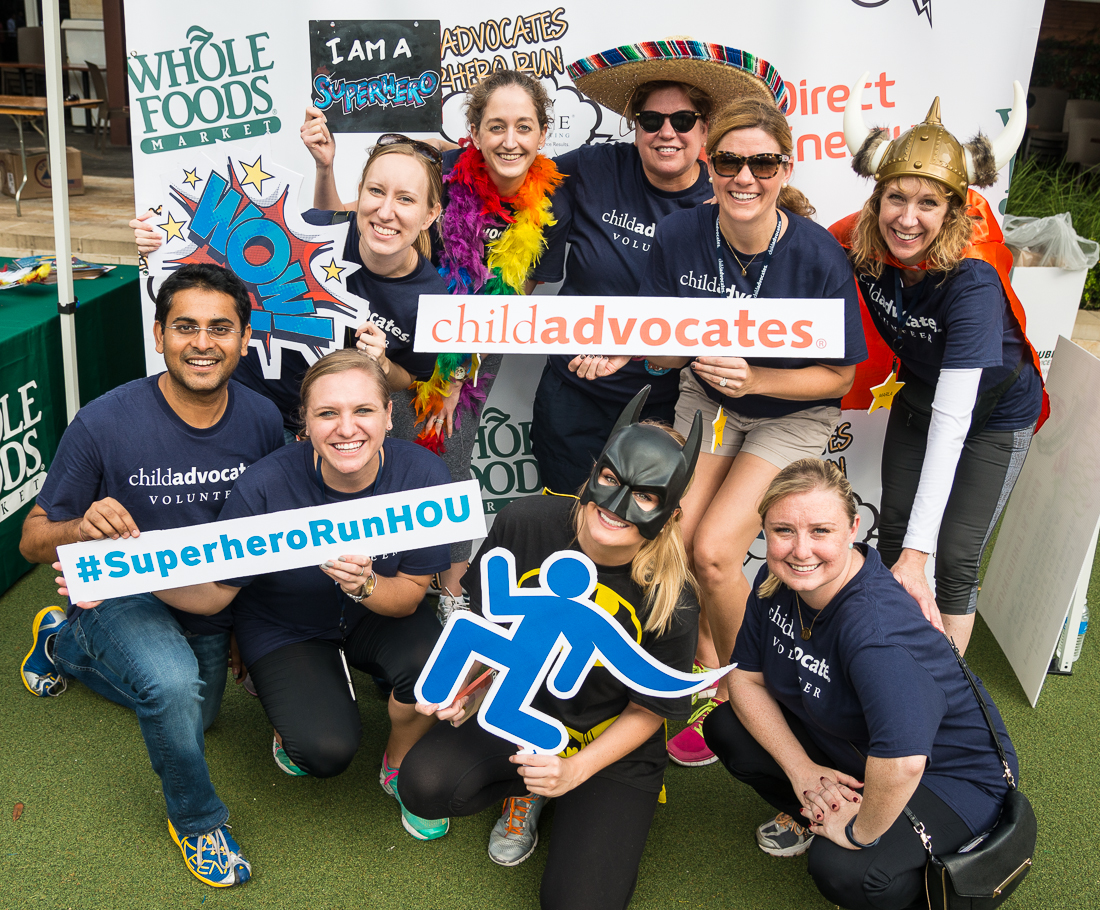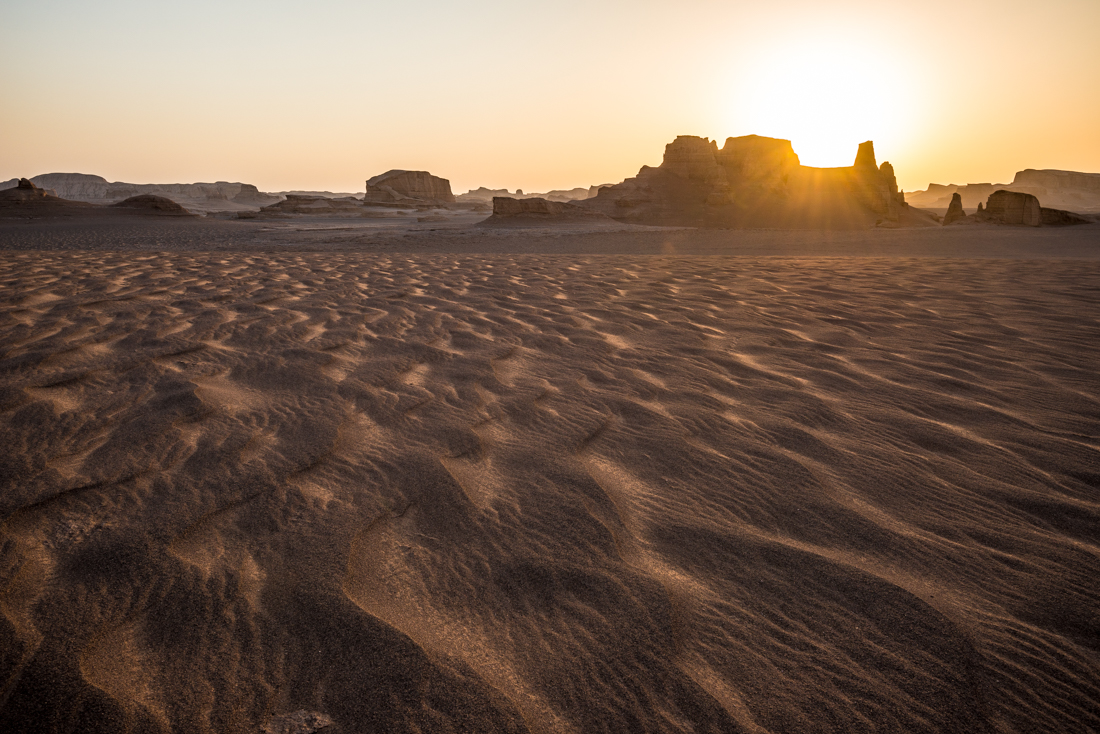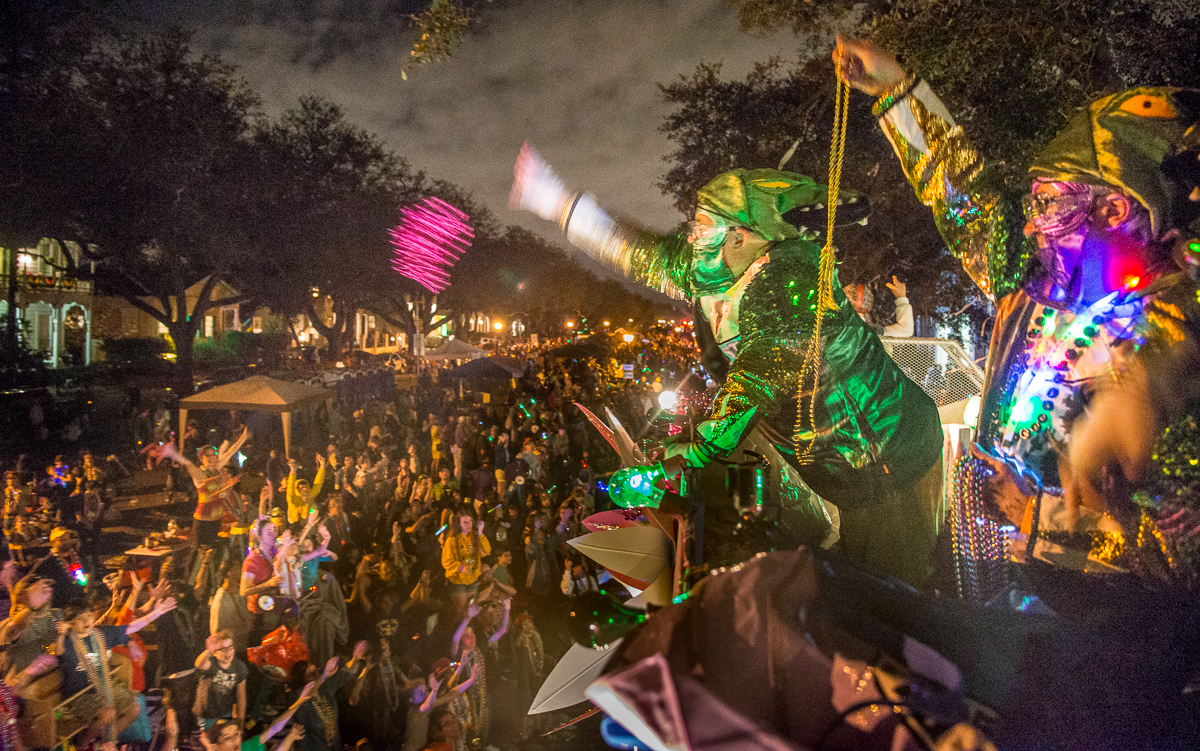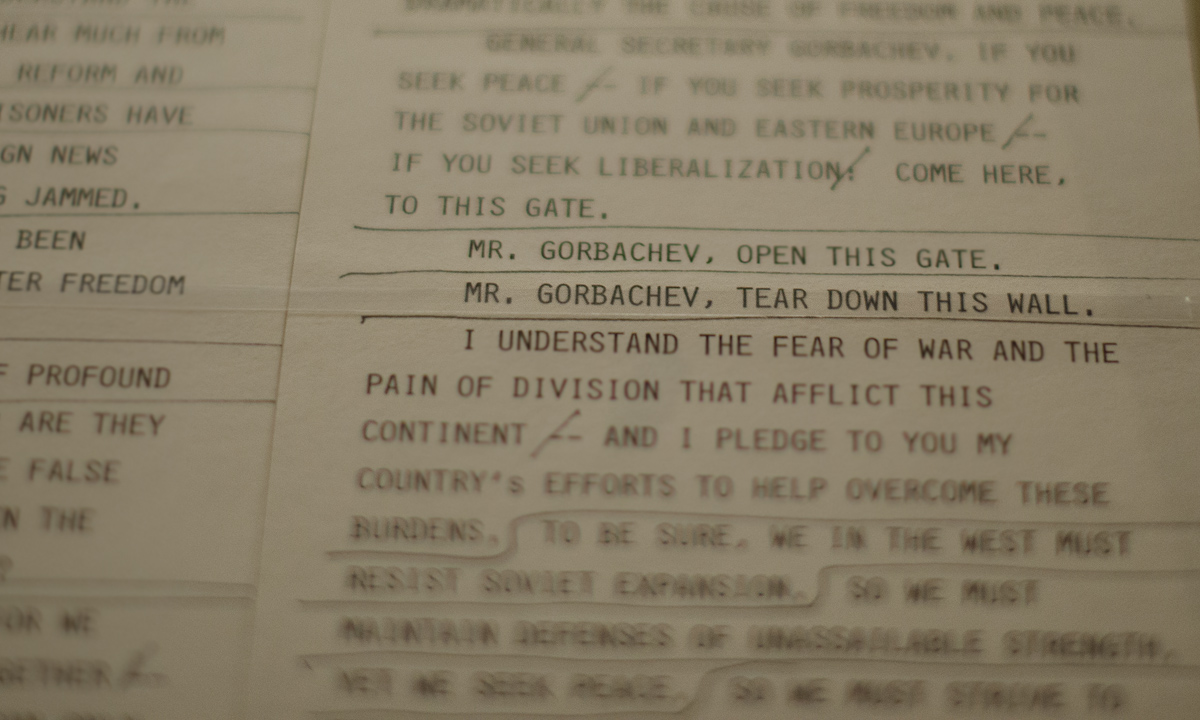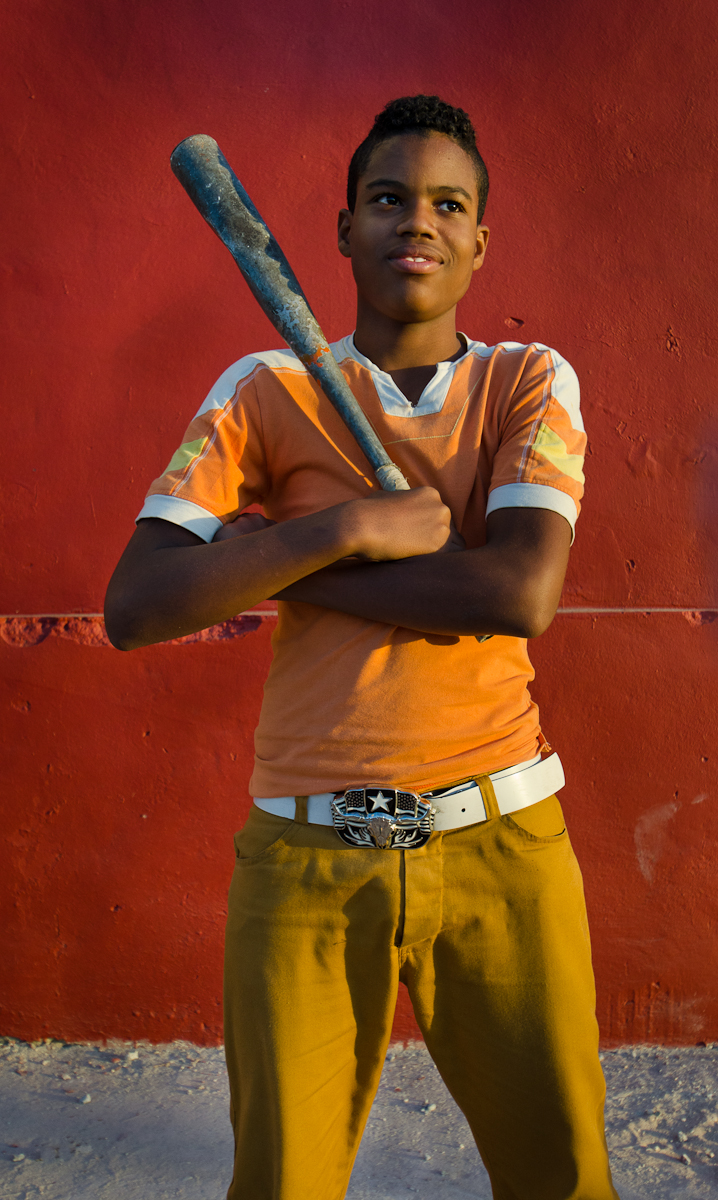Yes, I’ve been home from Scotland for a while, but I’ve got a few more batches of pictures to share.
For 190 years, the Eilan Glas lighthouse has sat on the small peninsula off the Isle of Scalpay (a prior lighthouse was on the same spot in the 18th century). Scalpay is a tiny island recently connected by bridge to the Scottish Isle(s) of Lewis & Harris. The peninsula it sits on sticks well out into the Minch – the branch of the Atlantic Ocean that goes between the Inner and Outer Hebrides – which is presumably the reason someone thought a lighthouse was needed there in the first place. In better light, you can see back to the Isle of Skye.
Honestly, it’s probably hard to be more photographically trite than a bunch of cliched pictures of a lighthouse with a sunrise in the background. But my pre-dawn hike through the sheepfields of Scalpay was a pretty special experience, and – if I may say so myself – these pictures turned out pretty well. I only got lost (and wet) a little on my two-hour hike — taking the long way — through coastal sheep fields back to my car.
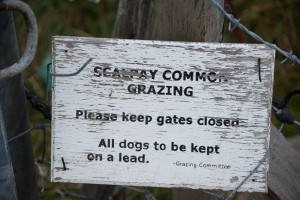
Much of the land in Scotland’s outer islands is part of a Common Grazing system. Local committees generally supervise the land and decide how much livestock each farmer is allowed to graze.
This area of Scotland has lots of sheep, and lots of land dedicated to “common grazing.” In a common grazing system, grazing lands are controlled by the town or by some sort of semi-governmental cooperative, and the individual citizens have some ability to put their livestock on the land for grazing. But nobody owns the grazing land (or maybe everybody sort of does). This is especially interesting (to me) because there is a famous principle of Economics called the “Tragedy of the Commons,” which analyzes the ups and downs of common ownership of resources like this (mostly the downs – thus the term “tragedy”). The grazing tragedy occurs because every farmer with access to the common grazing land has the incentive to graze as many animals as possible on the seemingly free public land, so the land becomes overgrazed and barren and thus no good for anyone. This rarely happens on privately owned grazing land, because a property owner tends not to spoil his own land. The moral of the story is that when nobody owns the land (or other resource), nobody has a great incentive to care for it.
Solving the “tragedy” can take two seemingly opposite courses: heavy governmental regulation (like the Grazing Committee); or private ownership of the lands. Environmentalists analogize to the concept to argue that something must be done (i.e. regulation) to prevent a similar tragedy from occurring in the “common” air we breathe and water supplies from which we drink. Because nobody owns the skies or rivers, people are unfortunately inclined to abuse them absent some government control. On the other hand, conservatives (more precisely: capitalists) point to the “tragedy” concept to teach that private ownership of resources (where possible) is the best way to ensure that they will be well cared for and preserved. Both these arguments are mostly correct, and that’s why the Tragedy of the Common idea is such an important, interesting concept.
Somehow it’s also interesting that Scotland was also the home of Adam Smith, the 18th Century economist and author of Wealth of Nations. Smith is the one who taught the modern world that a capitalist system – where people act in their own financial interest – generally creates better outcomes for a society because private ownership and profit interests usually lead people to direct resources to their most productive and valuable uses. It’s a little ironic that the odd pocket of common grazing systems persists in the country that is Smith’s homeland. He may be rolling over in his Edinburgh grave.
So if you ever wonder what I think about on a two-hour solo hike through quiet Scottish sheep fields on the way to and from an isolated lighthouse, now you know.
